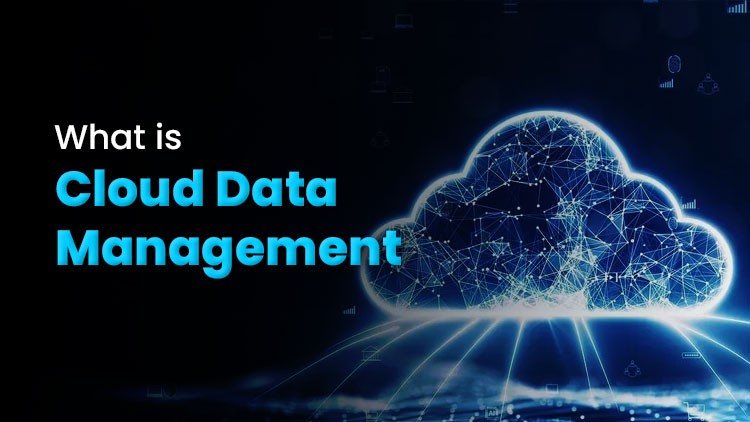1. Lack of a Clear Migration Strategy
- Challenge: Cloud migration without a well-defined plan leads to inefficiencies, cost overruns, and failed migrations.
- Solution: Develop a detailed migration roadmap, including goals, timelines, and a phased approach (e.g., lift-and-shift, re-platform, or re-architect).
2. Data Security and Compliance Concerns
- Challenge: Ensuring data security, privacy, and compliance with regulations (e.g., GDPR, HIPAA) can be challenging, especially when dealing with sensitive or critical information.
- Solution: Ensure strong encryption, access controls, and auditing mechanisms. Work with cloud vendors to understand their compliance certifications.
3. Downtime and Business Disruption
- Challenge: Migration produces temporary downtime issues in relation to business activities and user experience.
- Solution: Schedule migrations at the least busy times, use fallback systems, and have ensured proper testing when switching over to the cloud.
4. Cost Overruns
- Challenge: Unexpected costs for transferring data, storage, and related cloud services may consume more budget than planned.
- Solution: Utilize the cost estimation tools offered by cloud vendors and track costs continuously after the migration.
5. Legacy Application Compatibility
- Challenge: Some legacy systems and applications will require significant changes before they can work in the cloud environment.
- Solution: Assess the applications thoroughly and re-platform or re-architect when required.
6. Data Transfer Challenges
- Challenge: Transferring large amounts of data to the cloud is time-consuming and error-prone.
- Solution: Utilize AWS Snowball, Azure Data Box, or other similar services to expedite secure data transfer.
7. Know-How Gaps
- Problem: An organization may not be experienced enough in cloud technologies, leading to inefficient migrations or poor cloud management after the successful migration.
- Solution: Invest in training and certifications for team members or engage cloud migration professionals.
8. Vendor Lock-In
- Problem: When services offered through a particular cloud provider become costlier or less efficient, the vendor lock-in creates challenges.
- Solution: Develop systems that are portable and may include multi-cloud or hybrid cloud strategies.
9. Performance Optimization
- Challenge: Applications do not behave as they should in the cloud because of latency, bandwidth, or because of improper resource allocation.
- Solution: Continuously monitor performance and use auto-scaling and performance monitoring tools.
10. Governance and Management
- Challenge: Resource management and governance across a distributed cloud environment may become complicated.
- Solution: Set up clear governance policies, use cloud management tools, and implement role-based access controls (RBAC).
11. Data Integrity Risks
- Challenge: Data loss or corruption during migration can lead to operational setbacks.
- Solution: Do incremental migrations, validate data integrity at each step, and maintain reliable backups.
12. Resistance to Change
- Challenge: Employees may resist adopting new cloud-based systems or workflows.
- Solution: Communicate the benefits, provide adequate training, and involve teams early in the migration process.
13. Post-Migration Optimization
- Challenge: The migration environment might operate ineffectively or expensively after its migration.
- Solution: Conduct a post-migration audit to find performance bottlenecks and unused resources, and continue optimizing workloads.
14. Scalability Issues
- Challenge: Poor configuration can cause resources to be either underutilized or over-provisioned; in essence, they lose their advantages of cloud scalability.
- Solution: Activate auto-scaling mechanisms and continuously monitor resource usage.
15. Business Continuity
- Challenge: Failure to integrate disaster recovery and backup strategies during migration can lead to significant risks.
- Solution: Establish a robust disaster recovery plan and use the cloud provider's redundancy and backup solutions.



No comments:
Post a Comment